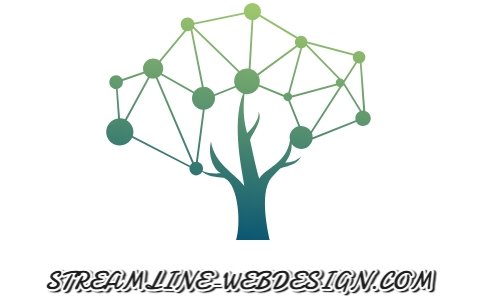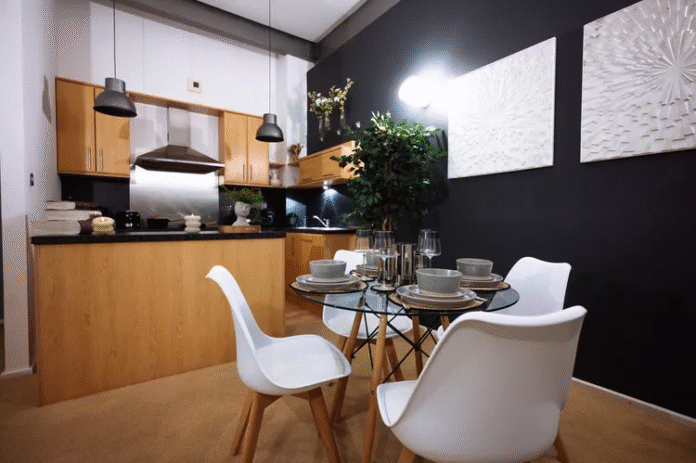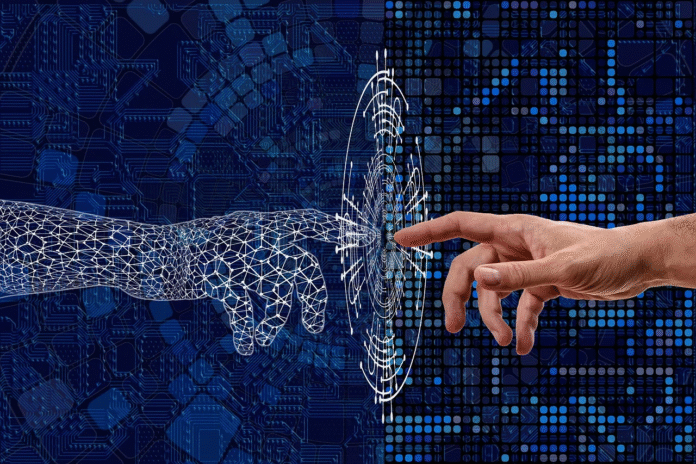
As we dive deeper into the digital age, the boundary between the virtual and the real continues to blur. The 2025 Creative Trends forecast from Adobe offers a glimpse into the evolving landscape of design and art, where escapism meets connection, nostalgia dances with futurism, and humor becomes a universal language. These trends are not just about aesthetics—they’re a reflection of the shifting cultural psyche, where consumers crave more than just products—they seek experiences, emotions, and moments of wonder.
A World Between Fantasy and Reality: Fantastic Frontiers
In a world increasingly defined by constant digital interaction and information overload, people are looking for an escape—a break from the harsh realities of everyday life. Enter Fantastic Frontiers, a trend that channels our fascination with the surreal and the magical. This creative wave invites us into dreamlike worlds where the impossible is possible—where gravity defies itself, colors glow in unanticipated ways, and imagination reigns supreme.
From AI-generated surreal art to magical movie sets, this trend reflects a collective longing for wonder and awe. It’s not just about fantasy for the sake of it; it’s about crafting spaces—both digital and physical—that allow us to briefly step away from the weight of reality. For creators, this means embracing imaginative visuals that transport audiences to new realms. For brands, Fantastic Frontiers offers the chance to create a sanctuary—a brief moment of respite from the everyday grind. With tools like generative AI, these otherworldly experiences are more accessible than ever, making it easier to translate boundless imagination into visual reality.
Humor as Connection: The Power of Levity
While we crave escape, we also long for connection, and what better way to bridge the gap than through laughter? Adobe’s 2025 forecast highlights the continued dominance of humor in creative spaces. In an age where meme culture thrives, playful design, clever puns, and absurd scenarios not only entertain—they create a sense of camaraderie, even in the virtual space.
Funny ads and quirky campaigns tend to linger in our minds longer than their serious counterparts, making them an invaluable tool for creators and brands alike. Humor is a powerful tool for humanization; it’s a reminder that behind every product, every service, there are people just like us. By tapping into humor, brands can create a more authentic connection with their audiences. For creators, this trend is a call to inject a little levity into their work, to embrace the playful side of design, and to use wit to build bridges that resonate deeply with people.
A Time Machine for Design: Nostalgia Meets Futurism
There’s something profoundly comforting about the past, yet the future beckons with its promises of innovation. The Time Warp trend captures this delicate dance between nostalgia and futurism. Imagine blending the bold typography and neon colors of the 1980s with sleek, holographic visuals or pairing mid-century modern designs with ultra-modern technology. This fusion speaks to our collective desire to honor the familiar while embracing the new.
The Time Warp trend encourages brands and designers to explore the rich possibilities of combining the old with the new. It’s a playful reimagining of history that speaks to both the comfort of the past and the thrill of the future. Whether it’s reviving retro elements for a contemporary context or adding futuristic twists to vintage styles, this trend opens up exciting creative possibilities. For brands, it’s an opportunity to tap into the cultural zeitgeist and craft stories that bridge generational gaps.
Immersive Experiences: Blurring the Line Between the Real and the Imagined
The future of design isn’t just about what we see—it’s about what we feel, interact with, and experience. Enter Immersive Appeal, a trend that uses cutting-edge technologies like augmented reality (AR) and virtual reality (VR) to transform passive viewing into active participation. Whether it’s a virtual fitting room or an interactive concert experience, the line between the real and the imagined continues to disappear.
This trend is reshaping how we experience the world around us. For creators, the challenge is not just about creating something visually compelling but about designing experiences that engage multiple senses and invite users to immerse themselves fully. For brands, Immersive Appeal offers an opportunity to build deeper, more meaningful connections by creating interactive experiences that go beyond the screen.
The potential for AR and VR in marketing, e-commerce, and entertainment is limitless, and the integration of immersive tech is not just a passing novelty—it’s the future of design. Creators and brands who embrace these technologies will find new ways to captivate and engage their audiences, creating moments that feel less like advertisements and more like unforgettable experiences.
What These Trends Mean for Creatives and Brands
Adobe’s 2025 Creative Trends offer a roadmap for designers, marketers, and creatives looking to stay ahead of the curve. At their core, these trends emphasize the emotional power of design—whether it’s the sense of awe evoked by fantasy, the connection sparked by humor, or the nostalgia-fueled excitement of time travel. The key to success in 2025 will lie in understanding and balancing these seemingly contrasting elements.
For creatives, these trends provide a goldmine of inspiration. They invite you to experiment with immersive experiences, blend the old with the new, and craft narratives that resonate deeply with your audience. The future of design is not about perfection—it’s about creating genuine moments of connection.
For brands, this forecast is a wake-up call to move beyond mere aesthetics. It’s no longer enough to create pretty designs; the goal now is to create designs that make people feel something. Whether it’s the wonder of stepping into a magical realm, the joy of a funny ad, or the excitement of an interactive experience, consumers today crave emotional connections that transcend the digital divide.
As we look ahead to 2025, these trends remind us that creativity is about more than just visuals. It’s about crafting experiences that capture the imagination, evoke emotion, and leave a lasting impact. The future of design is here, and it’s more immersive, playful, and emotionally engaging than ever before.










